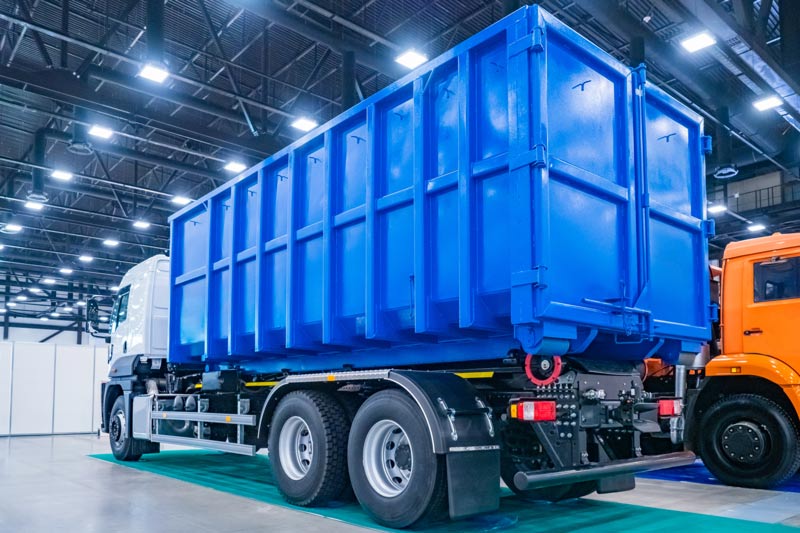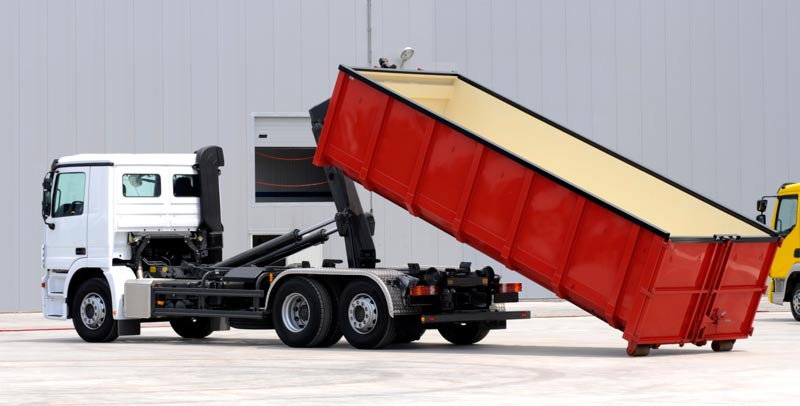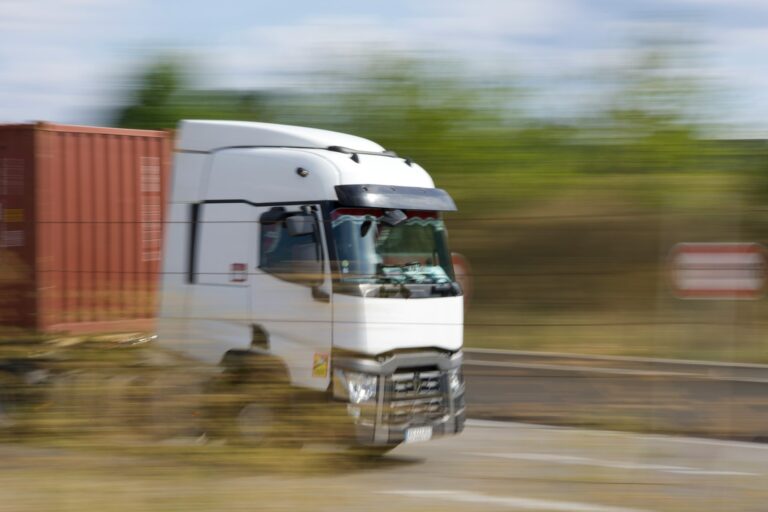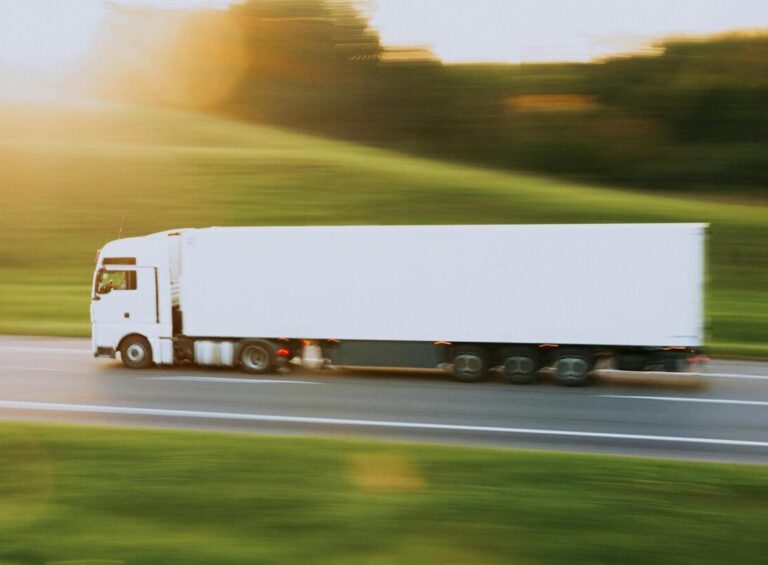Why Safety and Compliance Matter in Hook Loader Operations
Hook loaders are central to waste management, construction, and demolition fleets. They move heavy containers, often in challenging site conditions. With their efficiency and container flexibility comes significant responsibility. Safety and compliance are not optional — they protect drivers, site staff, and the wider public, while keeping businesses aligned with UK regulations.
For fleet managers, understanding safety and compliance is as important as knowing the advantages of hook loader containers. A well-managed fleet avoids downtime, legal risk, and unnecessary costs.
Core Compliance Requirements for Hook Loader Fleets
Operator’s Licence
- Licence type: Ensure you hold the correct licence (Restricted, Standard National, or Standard International). Each defines what goods you can carry.
- Undertakings: Operators commit to keeping vehicles roadworthy, employing properly licensed drivers, and maintaining accurate records.
- Traffic Commissioner oversight: Non-compliance — such as repeated prohibitions or poor maintenance records — can lead to a public inquiry and licence suspension.
Driver Training
- Driver CPC: Every HGV driver must complete 35 hours of periodic training every five years.
- Hook loader–specific induction: Covers use of the hydraulic arm, safe container alignment, and sheeting systems.
- Refresher sessions: Toolbox talks and annual on-site refreshers reduce complacency and embed safe habits.
- Documentation: Training records should be signed by both driver and trainer, stored for audit purposes.
Vehicle Maintenance
- Daily walkaround checks: Drivers must inspect tyres, lights, mirrors, fluid levels, hydraulics, hooks, and sheeting systems before starting work.
- Defect reporting: Use a written or digital defect sheet. Defects should be reported immediately, signed off by the driver, and rectified before the vehicle is used again.
- Preventive maintenance inspections (PMIs): Conducted at set intervals (typically every 6–10 weeks), logged and retained for at least 15 months.
- Workshop records: All work carried out — from replacing hydraulic hoses to brake servicing — must be documented.
- Audit trail: DVSA expects to see evidence of both driver checks and workshop maintenance during roadside inspections or depot visits.
Weight and Load Limits
- Plated weight: Never exceed the Gross Vehicle Weight (GVW) displayed on the manufacturer’s plate.
- Axle weights: Loads must be spread evenly; overloading a single axle can cause prohibitions even if GVW is within limits.
- Container choice: Use smaller or reinforced bins for heavy materials such as hardcore; reserve larger capacity bins for lighter waste.
- Onboard weighing systems: Many fleets invest in electronic weighers, giving drivers instant load weight data to prevent accidental overloading.
- Documentation: Retain weighbridge tickets or digital load records where available — these can prove compliance in the event of inspection.

Key Safety Risks with Hook Loaders
Container misalignment
If the hook arm isn’t properly engaged, containers may slip or tilt.
- How to avoid:
- Always line up the chassis and container on level ground.
- Use guide markers or painted rails to help drivers align accurately.
- Never attempt to reposition a container while partly lifted — lower and realign from the start.
Overhead hazards
Arms can extend several metres, risking contact with power lines or structures.
- How to avoid:
- Carry out a site survey before lifting.
- Establish a safe working area and keep personnel clear of the lifting arc.
- Train drivers to stop operations immediately if overhead obstructions are identified.
Load shift
Poorly distributed waste or aggregates can destabilise the vehicle during lifting.
- How to avoid:
- Load containers evenly, placing heavy material at the bottom.
- Never load beyond container side walls — overhanging waste increases risk of spillage.
- Use sheeting systems to secure loose or light waste.
Manual handling injuries
Drivers sometimes secure or adjust loads manually; without proper training, this leads to strains or accidents.
- How to avoid:
- Provide manual handling training for all drivers.
- Ensure correct tools (e.g. extendable poles for sheeting systems) are available to reduce strain.
- Encourage drivers to report unsafe manual handling practices so improvements can be made.
Hook Loader Safety Risks & Mitigation Checklist
| Risk | How to Avoid / Mitigate |
|---|---|
| Container misalignment | – Align chassis and container on level ground – Use guide markers or painted rails – Lower and realign if positioning is off |
| Overhead hazards | – Survey site for power lines/structures – Establish a clear working area – Stop operations if obstructions are present |
| Load shift | – Load evenly, heavy material at the bottom – Avoid overfilling or overhanging waste – Use sheeting systems to secure loads |
| Manual handling injuries | – Train drivers in safe manual handling – Provide correct tools (extendable poles, PPE) – Report unsafe practices for review |
Best Practice for Hook Loader Safety
Download our Daily Walkaround Checklist here for quick and easy reminders and paper records.
- Daily Walkaround Checks
- Hydraulic lines for leaks
- Hooks and locking points for wear
- Sheeting systems for damage
- Lights and beacons operational
- Safe Loading Procedures
- Always position containers on stable ground
- Avoid uneven or sloped loading sites
- Keep personnel clear of the lifting arc
- Use of Sheeting Systems
- Prevents debris escape during transport
- Required by law for certain waste types
- Reduces risk of roadside incidents
- Driver Training Refreshers
- Run annual toolbox talks on loading technique
- Update staff on any regulation changes
The Role of Container Flexibility in Safer Operations
Container flexibility is not just about efficiency. Having the right container for the job directly supports safety:
- Heavy demolition waste: Use reinforced containers to prevent structural failure.
- Light bulky loads: Use larger capacity bins without exceeding weight limits.
- Segregated waste: Reduces risk of cross-contamination or unstable mixed loads.
This adaptability allows fleet managers to match containers to material type, keeping operations compliant and reducing risk of accidents.
Balancing Compliance with Efficiency
The pressure to maximise trips per day can tempt operators to cut corners. However, downtime from an accident or prohibition notice costs more than a missed collection.
Practical tips for balancing both:
- Rotate containers efficiently, but never exceed safe load limits.
- Invest in custom-built containers tailored to common jobs.
- Keep records of checks and servicing — essential if DVSA audits the fleet.
Ultimately, safety and compliance protect not only the operator but also the reputation of the business. A compliant, efficient hook loader fleet is one that customers trust.
FAQs: Hook Loader Safety & Compliance
Q1. What daily checks should a hook loader driver complete?
Checks should include hydraulics, hooks, locking points, sheeting systems, lights, and tyres before leaving the depot.
Q2. Can hook loaders be used on sloped or uneven ground?
It’s strongly discouraged. Uneven surfaces increase the risk of container slippage and vehicle instability. Always load on level ground.
Q3. Do hook loader operators need specific training beyond CPC?
Yes. While CPC is mandatory, in-house training on lifting systems and site-specific risks ensures safer operations.
Q4. How do I prove compliance if inspected by DVSA?
Keep written maintenance records, defect reports, and training logs. These demonstrate proactive fleet management.




